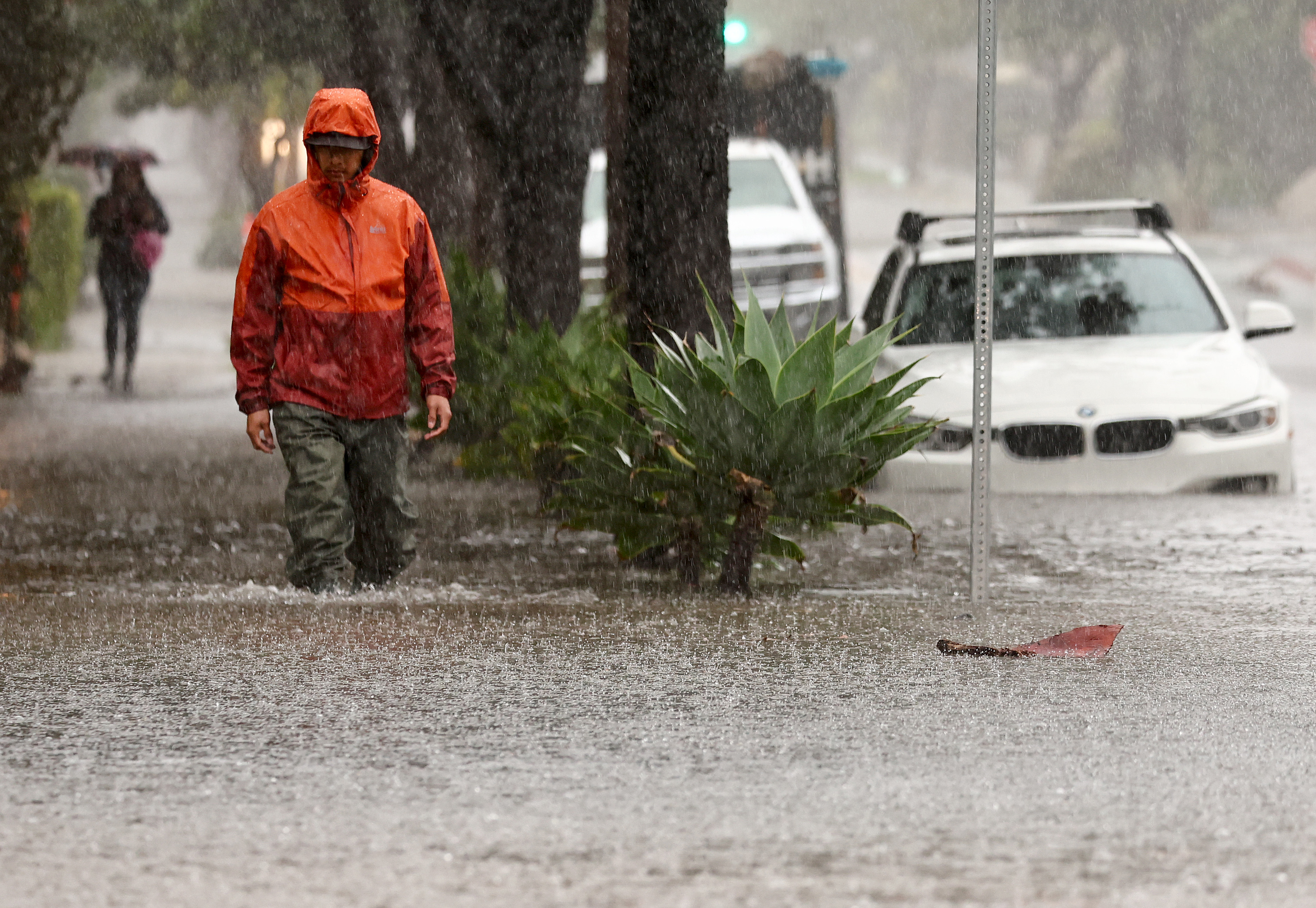A Centers for Disease Control panel issued new guidance Sunday, detailing the next groups of people who will be eligible for vaccinations.
Millions of people across the country got the shots over the last week, and now that the second approved vaccine is headed out to hospitals and clinics across the country, it’s becoming clear who will be in the next group to get the shots.
Trucks full of Moderna’s newly-approved vaccine crossed the country Sunday night, and many of the doses aboard will go to people in group 1-A, including medical staff and residents of senior living facilities who did not get shots in the first round last week.
This includes Dr. Grace Lee, an infectious disease expert at Stanford Children’s Hospital.
“I also am waiting to be vaccinated, so I think we all need patience,” said Lee. “We know that the vaccines are coming.”
Lee is also a member of the CDC’s advisory panel that just issued new guidance Sunday about the next groups of people to be eligible to get the shots.
Group 1-B includes people age 75 and above who do not live in senior living facilities. It also includes front-line essential workers such as firefighters, police and corrections officers, U.S. Postal workers, public transit workers, food and agricultural workers (ranging from farm workers to grocery store employees) and educators and day care employees.
California
News from across California
“Being able to get our educators and our educational staff back in school is going to be a critical component of addressing this pandemic,” Lee said.
For parents and students, it’s a relief.
“I think that’s great,” said Peggy Shin of Millbrae. “They are in a higher risk group and they deserve to be as protected as we can.”
Juan Cortez Jr., also of Millbrae, agreed.
“I like going to class on campus, it’s way easier than online classes, especially because sometimes it’s harder to get help,” he said.
The CDC advisory panel also issued guidance for group 1-C, which will include people who are 65 and older who have not yet been vaccinated. It will also include those 16 and older who have pre-existing high-risk conditions.



